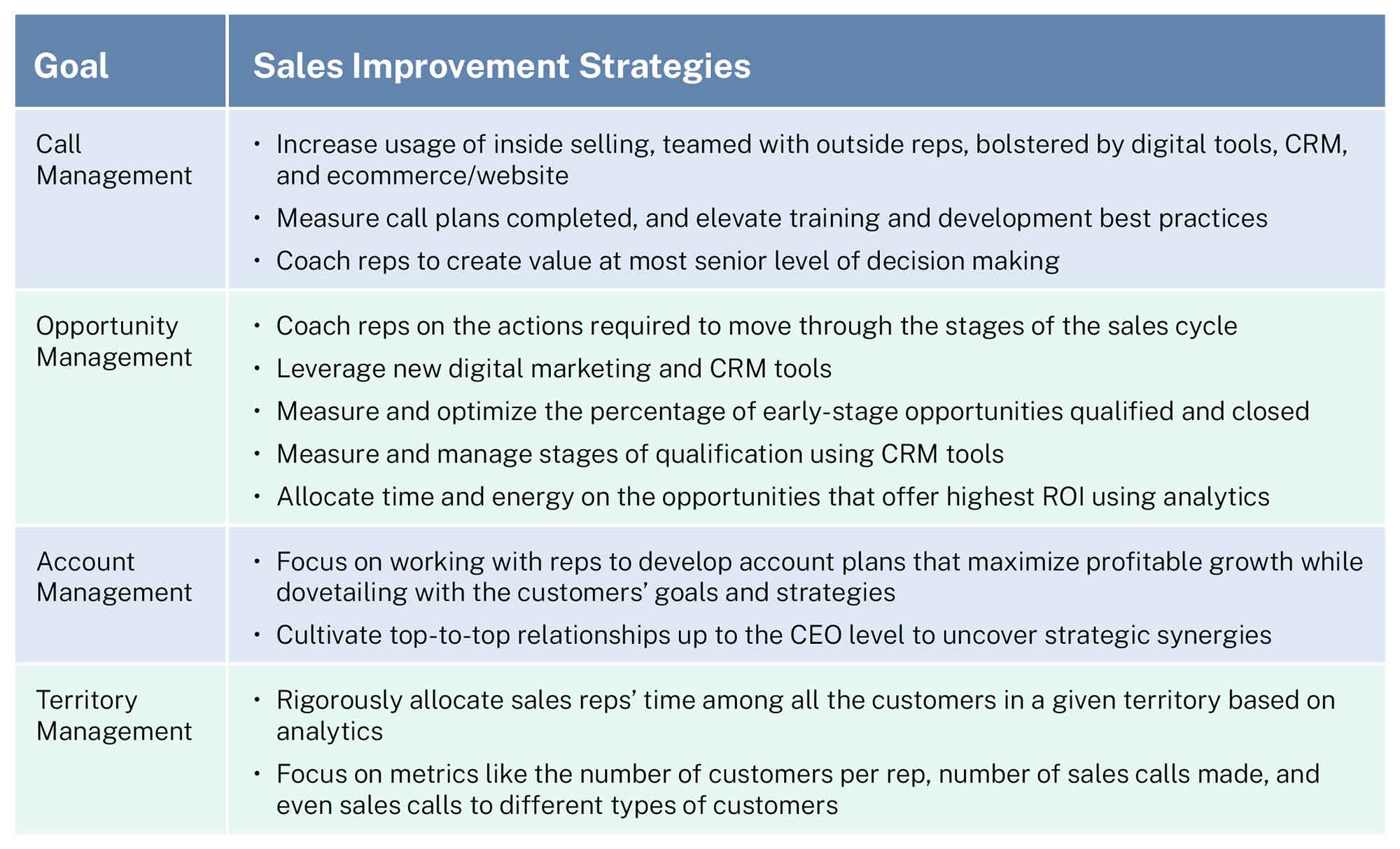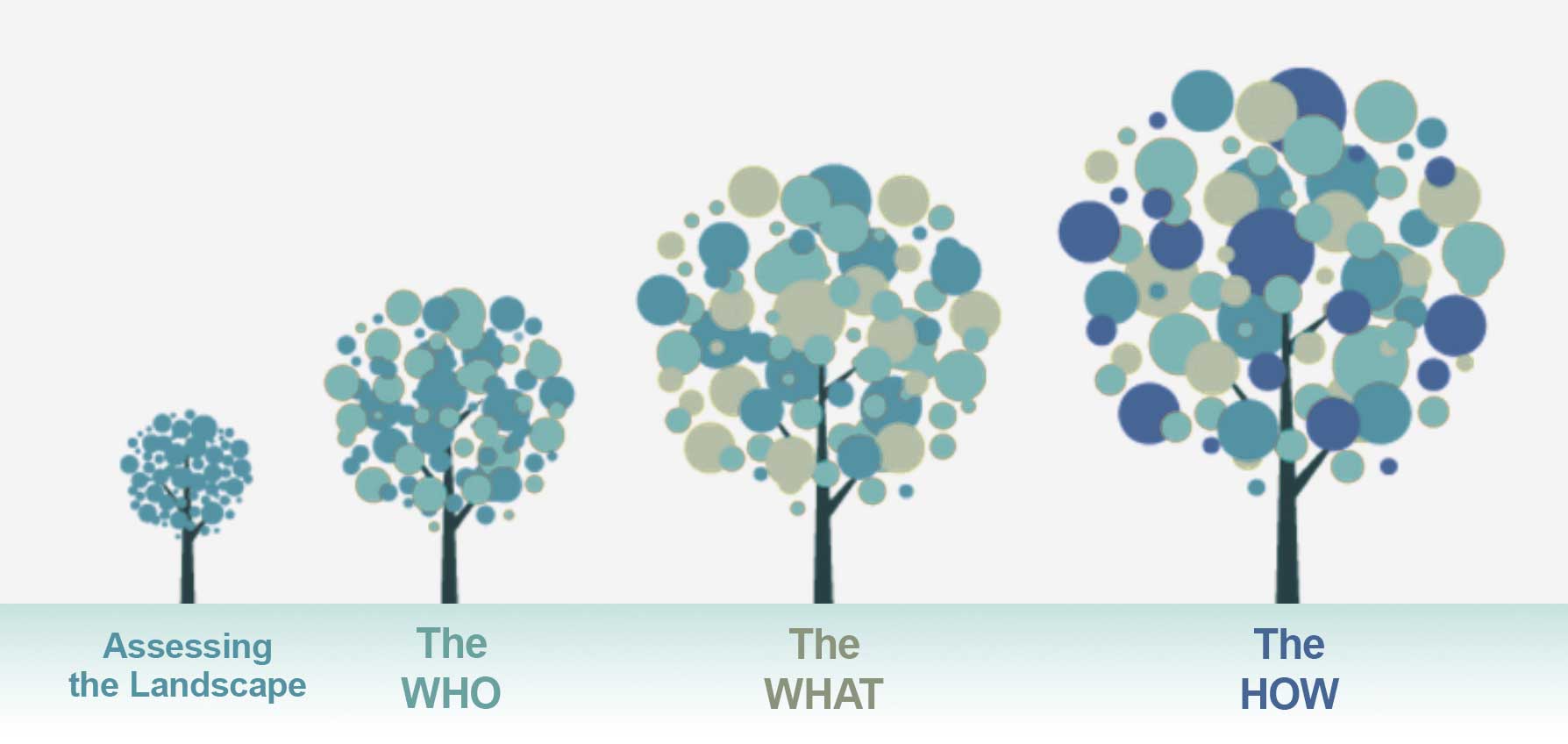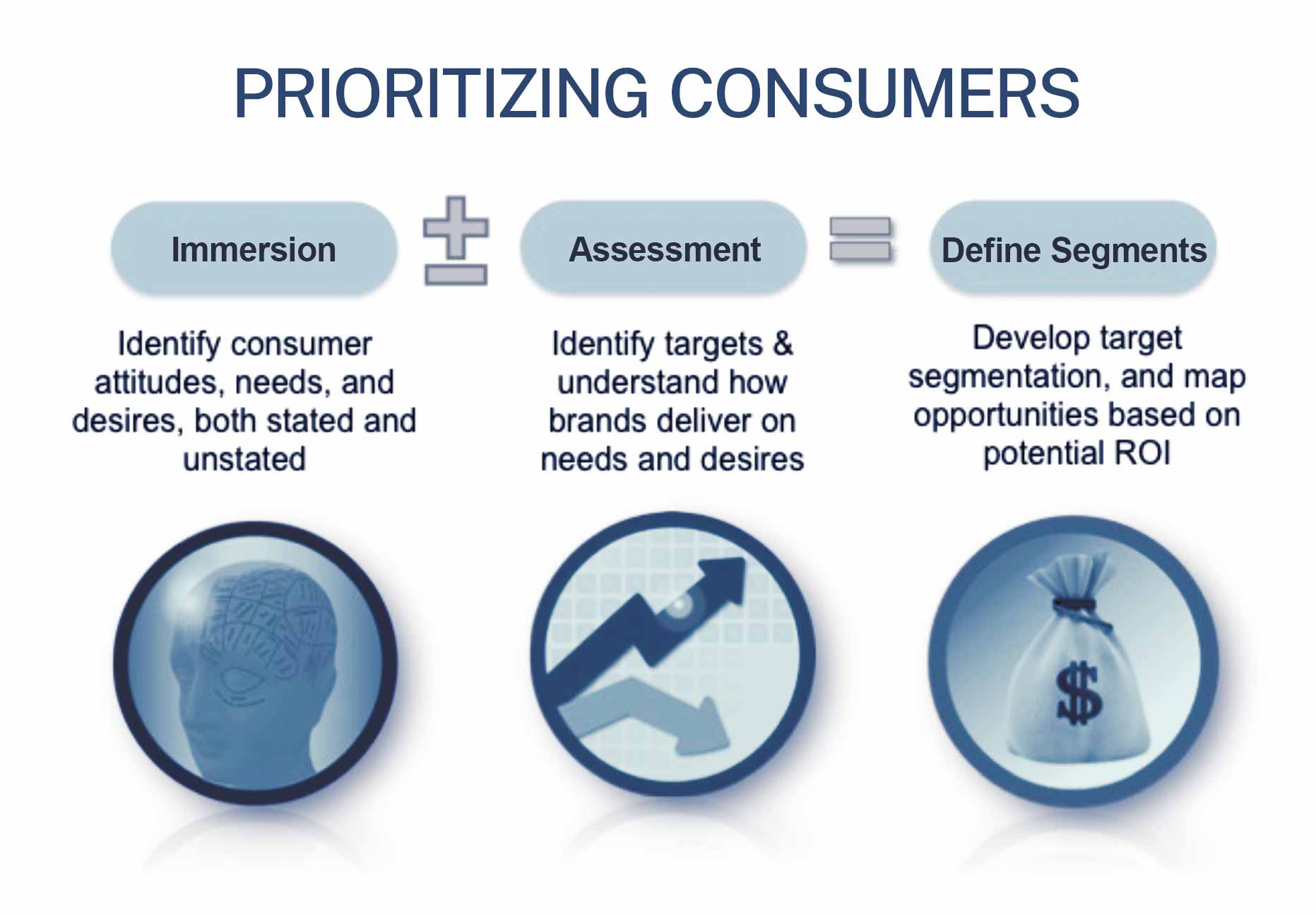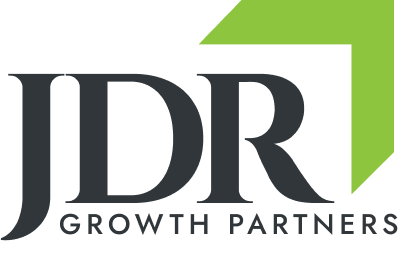Gravity is a powerful force of nature. The center of gravity is the point at which all of the weight of an object appears to be concentrated. It has a lot to do with the balance of forces, similar to leadership. Leadership is a powerful force when focused on the right places with the proper touch. Leaders have enormous influence on the center of gravity of their organizations. Where is it today? Where should it be? The best leaders realize it should be in the field with consumers, customers, and their employees.
Leadership Principle #4
Champion the people who purchase and use your products and services; otherwise, corporate inertia will steal too much energy inwardly toward lower value work.
The Leader’s Challenge
In many organizations, important decisions are made in conference rooms that do not include seats at the table for the most important people. Consumers and customers are not in the room. Sometimes market research is cited to support an opinion, or comments from the field sales force are added to the discussion through a third party. But the focus of most of these conference room conversations is inward, not outward. Objectivity can be sacrificed, and this often leads to execution that falls short of delighting consumers and maximizing ROI.
A leader can shift an organization’s center of gravity by championing consumers and customers throughout the day. It’s not easy because daily corporate demands steal time and energy, shifting focus toward handling urgent organizational fire drills, answering questions from key stakeholders, performing administrative duties, reviewing financial projections, and so on. But there is a cause-and-effect relationship here. Without the former, all the latter will ultimately suffer.
Most leaders talk about superior customer service and delighting consumers. But when you look deep into their organizations, you see behaviors misaligned with their words. People come to work every morning to the same job with mounting distractions, and it’s easy to lose sight of what is best for the people who buy and use the company’s products and services. It is human nature for workers to bias analysis, decisions, and behavior to self-interest instead of consumer or customer interests.
Of course it is leadership’s job to align individual, organizational, customer, and consumer interests as much as possible. Complete alignment may never be fully achieved. Research suggests that alignment is well below 50% in most organizations. The best leaders recognize this reality, and they work tirelessly to close the alignment gap.
What Matters Most
So how can leaders shift the center of gravity externally? By walking the talk! Get out of the corner office and model the behavior you want your organization to emulate. Frequently ask the penetrating questions that remind your people that consumers and customers matter most. For example, begin every town hall or company-wide meeting with compelling stories about your consumers and customers. Bring the external world inside your company’s walls, and show your people the value your organization adds to society.
The best leaders visit the front lines regularly, particularly when they can add unique value to customer conversations and develop productive relationships. They also attend ethnographic research sessions to actually experience their products and services WITH consumers in their world, real-time and elbow-to-elbow.
Inquisitive leaders also make sure their organization is leveraging social media to glean insights that will help improve their performance and develop a more meaningful relationship with their consumers. To be clear, this should not translate to micro-managing or usurping the responsibilities of marketing and sales teams. It’s more about advocating and supporting their efforts and seeking valuable learning. Leaders who follow this advice will ultimately be more informed decision makers when they are back inside the walls of their companies, and they will teach their workforces how to make smarter, more market-driven choices.
Obviously, every leader’s time is limited. Prioritization is key. I have found the simple customer strategy matrix to be an effective tool for fueling constructive debate regarding the allocation of resources and time against customers. In this chart, each circle represents a customer. The size of each circle represents the profits generated with this customer over the trailing twelve months (TTM). I have also found it illuminating to construct this chart by channel rather than customer.

Once channels and customers have been prioritized, it’s time to craft strategies for improving sales results. Below I have outlined proven strategies depending on your sales model and goals.

While customer intimacy is vital for all leaders, it is the end users or consumers of your products and or services that matter most. The best leaders realize that everything must begin with their consumers, and they know that the ultimate competitive advantage is understanding and delighting them better than anyone else in the marketplace. This gives them leverage with their customers, who also want to serve the same consumers. But more importantly, it provides the springboard for ongoing product and service innovations. It’s the foundation for uniqueness, and uniqueness has been proven to be the ultimate predictor of in-market success by NIQ based on hundreds of thousands of test markets using their BASES tool.
Many companies think they understand their consumers, but it’s those companies that dig deeper with rigorous analytics, constant immersion in their consumers’ world, and an intentional brand building process that typically win a bigger share of the market. They also build stronger brands that sustain the test of time.
The best brand builders know that they need a common platform and language throughout their company — not just in the marketing or brand management departments — because the entire organization impacts their brand in some way. The architecture I prefer is a hybrid I built over three decades of working with some of the best marketers in the world and the training and development I received at The Clorox Company, PepsiCo, and SC Johnson. I have used this methodology successfully in a wide variety of industries ranging from consumer products to farming equipment, business-to-business services, building construction products, and even non-profits. I do not present it as the only way to strategically build a brand. I’ve seen many different approaches with different terminologies that work, but the best approaches share the same strategic obsession with consumers and customers.
A well-designed brand architecture ensures focus on strategy before execution, and it forms a consistent foundation for strategic decisions. Additional reasons for adopting a brand building architecture include:
- Drive broad adoption of best practices
- Enable consistent execution across your company
- Control actions undermining your brand and reputation
- Build brand equity — which will become one of your most valuable assets
- Maximize the return on your marketing investment
Creating the brand building architecture requires disciplined, market analytics focused squarely on the consumers of your products or services, and an honest assessment of the strengths and weaknesses of your brand and your organization. It includes:
- A thorough assessment of the landscape in which you compete
- The WHO (also known as the target audience): An illuminating articulation of the consumer you serve
- The WHAT (which encapsulates your brand positioning): a laser-like definition of what you want your product or service to stand for in the hearts and minds of the WHO
- The HOW (execution): how you want the WHO to actually experience your product or service

The WHAT is strategy, and the HOW is execution. Unfortunately, most companies don’t invest enough time, energy, and resources in fully understanding the WHO. Their strategy lacks resonance, which leads to executions that are not recalled by consumers in a way that persuades them to take action. The execution might be creative, but it doesn’t strategically build business results over time. Essentially, it is tone deaf. Most advertising fits this description, and is largely a waste of money that delivers a disappointing ROI. But then most companies don’t adequately measure the return on their marketing investment. They spend and hope, and this gives marketing a bad name.
The WHO
When defining the WHO, it is vital that you avoid the temptation to be all things to all people. This can be the kiss of death because it leads to a watered-down strategy and execution that might speak to everyone, but inspires no one.
EVERYTHING that can be associated with your brand should embody your strategy and meet these criteria, including your culture.
When defining the WHO, I like using this simple consumer segmentation approach illustrated below to really focus in on the nuances of your target audience.

Once your target audience has been defined and personified, the best strategies hinge on an uncommon consumer insight. That is, a piercing insight into the target consumer’s world that can serve as fertile soil for creative ideas and execution.
The best consumer insights are on TRAC:
- Truth – A fundamental Truth about your consumer
- Relevant – Touches upon a genuine consumer need gap or pain point, and is authentically meaningful to your brand, business, and culture
- Attracts – Connects strongly with your consumer and gets their attention – “yea, that’s me!”
- Changes behavior – Which leads to a competitively differentiated idea, powerful enough to persuade consumers, change behavior, and affect sales
The WHAT
Defining the WHAT is where the real heavy lifting happens, and it is the toughest part of creating a brand building architecture. The WHAT should detail how you want to position your product in the hearts and minds of your consumers. The positioning statement defines your unique reason for being. It captures and clarifies the way you want your consumers to perceive, think and feel about you relative to your competition. It is an articulation of why consumers would want to choose your brand versus competitors.
Your positioning is what you want your consumer to think about your brand, and your strategy is your attempt to affect it.
Strategy is vital because it’s the foundation for everything that touches consumers and customers, including advertising, promotions, sales materials, trade shows, SEO, paid search, social media, customer service, etc. These consumer touch points, or media vehicles, should be selected based on fact-based analysis of your consumer’s media consumption behavior, and not based on the newest media fad.
However you reach your consumers, the message should emanate from a strategy that drives consistency, integration and synergy, making the sum of your marketing and sales efforts greater than the parts. Ultimately, this helps you stand out and build a unique brand.
When defining the WHAT, it’s important to focus on a key benefit you offer your target audience that connects directly with the consumer insight. It should be the most differentiating and motivating key benefit, and you must be able to deliver it uniquely to the target audience with excellence. Key benefits should be single-minded to ensure that your communications and marketing breaks through the clutter with clarity. Remember, green, red, blue, and yellow are all lovely colors when they are separate, but mix them together and you just get brown. Focus and clarity are vital when it comes to the key benefit. To help you consider the key benefit, remember that there are essentially two kinds:
Functional – A rational benefit based on performance and features. Functional benefits answer the question, “what does the product or service provide for me?”
Emotional – Psychological/emotional benefit derived from the functional benefit. Emotional benefits answer the question, “how does it make me feel?”
Once you’ve narrowed in on a concise and clear statement of the key benefit you offer consumers, it’s time to detail the reasons why potential consumers should believe you can deliver the key benefit you’re promising them. The Key benefit gets consumers’ attention, and the Reasons to Believe persuade consumers to take action and buy your product or service.
Here are some helpful guidelines for homing in on the most persuasive Reasons to Believe:
- The proof that your brand can uniquely deliver the promise better than any other brand
- A key driver of recall and persuasion
- Must be relevant to the promise, believable, and memorable
- Visual demonstrations, genuine stories, relevant case studies, and authentic testimonials have been proven to persuade better than mere statements of fact
The above elements form the vital building blocks for a focused and illuminating brand building architecture that leads to creative, memorable, and persuasive executions that ultimately fuel sales and build brand equity. In the interest of brevity, I’ve summarized the remaining elements of the brand building architecture in the chart below.

Once constructed, you now have a brand strategy to guide creative development of marketing and sales materials, and anything else that touches consumers and customers. Now, instead of evaluating proposals based on subjective opinions and the opinions of the players in the room with the most clout (and likely not members of the target audience), you have a fact-based road map to help guide decision-making.
The HOW
Of course, the only strategy the consumer sees is execution, which brings us to the HOW. The HOW is the actual articulation and delivery of the key elements of your brand/product/service to your target consumers in the most relevant and compelling way. It’s HOW you deliver the message.
None of what I have shared with you thus far regarding the brand building architecture has changed much for many, many years. It still works just as well today as it did fifty years ago. What has changed and is changing rapidly are all the methods or vehicles marketers have at their disposal to reach their target consumers. Omni-channel marketing enabled by new technologies is the rage, and the explosion of digital marketing and analytical tools is opening ever-changing possibilities. But strategy still matters most.
Regardless of how you reach out to your consumers, everything should emanate from this architecture to drive synergies. When marketing and sales efforts are integrated and consistent strategically, the sum is greater than the parts. When everything the consumer sees and experiences hangs together relevantly and persuasively, your efforts to build your brand and your business will achieve a more attractive ROI than they will if your go-to-market approach is littered with one-off and inconsistent messages, no matter how creative they might be.
Building a Strong Brand
So what should leaders do to make sure their company is building a strong brand or brands? If you regularly approve or are asked to evaluate anything that your end users or consumers might see, I recommend that you ask those responsible for accomplishing the task and making recommendations if you can first review a brand strategy or brief from which the materials you are reviewing were created to make sure everyone is assessing the execution from the same song sheet. It should resemble what I have shared above, although there are certainly other ways to articulate a brand strategy.
From there, these four simple questions will help you assess if the execution delivers the brand strategy in a way that will be memorable and persuasive to the consumer (not necessarily the people in the room), and is therefore worthy of investment of your precious marketing dollars:
1. Is it on strategy?
2. Does it meet ACT criteria?
– Is the idea About the key benefit
– Is the idea Credible
– Is the idea Thought provoking
3. Is it easily integrated with other executions to produce synergy?
4. Does it persuade your target to take action?
To some, my push to focus more time and energy on consumers will sound obvious, or even pedantic. But over the years I’ve seen many leaders lose sight of this core principle as they ascend into bigger, more demanding roles. They gradually succumb to the suction of internal forces, the temptations of instant gratification, or the escape from the daily grind offered by the executive suite. Over time, they lose sight of what is most important, and they leave this important work to others. Most concerning, they quietly send a subtle yet clear message to their employees that consumers and customers matter less.
To others this will sound idealistic because of all the demands on the leader’s time. If that’s you, I recommend reassessing your priorities because cause and effect will prevail. Your consumers ultimately determine your fate. They ARE your livelihood. Understand them better than anybody, anywhere, and send a message that will exponentially enable your organization to reach a higher level of performance because your workers will want to follow your model. You set the bar, and this one should be set high.
Success Models
Following graduate school, I was fortunate to land a job in brand management at The Clorox Company, where I learned what it means to be truly market-driven. Most people think of marketing as more of an artistic and creative craft rather than scientific, but at Clorox they taught us that world-class marketing demands putting consumer insights and analytics at the center of everything. Our leaders made sure everyone knew that to get ahead at Clorox you needed to deliver bottom-line results, and bottom-line results were best delivered by developing talented people and knowing and delighting your consumers better than anybody else.
This formula has served the company well since its forced spinoff by the FTC from Procter & Gamble in 1969. What began as a bleach company quickly grew into a house of strong brands such as Formula 409, Liquid Plumr, Fresh Step, Kingsford, Hidden Valley Ranch, Pine Sol, SOS, Brita, and Glad. Based on a solid foundation of rigorous consumer and business analytics, The Clorox Company consistently delivers new product innovation to the market, and they invest aggressively in memorable and persuasive marketing to fuel profitable and sustainable growth. It’s a formula that has made the company a darling of Wall Street, and driven eye-popping growth in market capitalization over the last six decades.
The best leaders realize that the day-to-day demands of running a business create powerful forces that can drag too much energy inward. They recognize their important role in balancing these forces to ensure that the center of gravity of their organization is in the field with consumers and customers. As the leader, they resist the pull of the executive suite and corner office and they set the tone by being the ultimate champion of the people who purchase and use their products and services.





